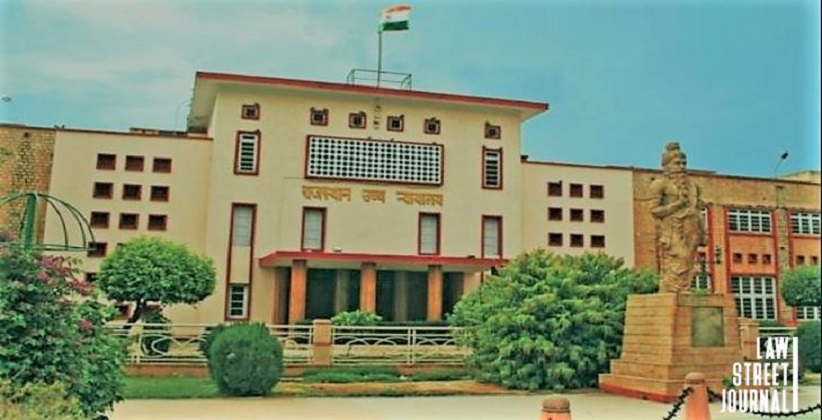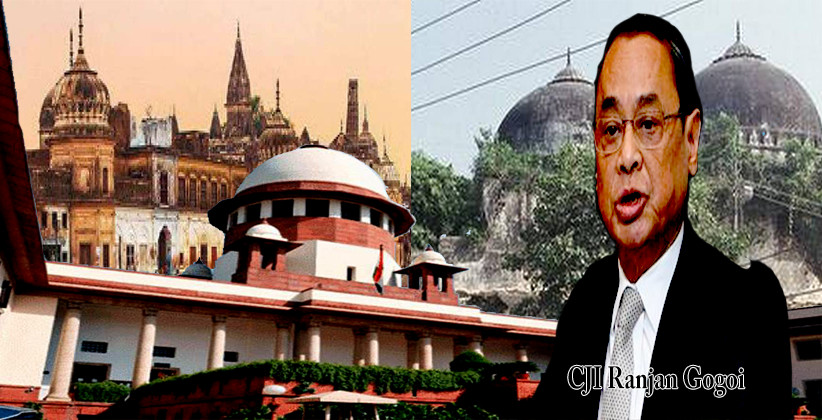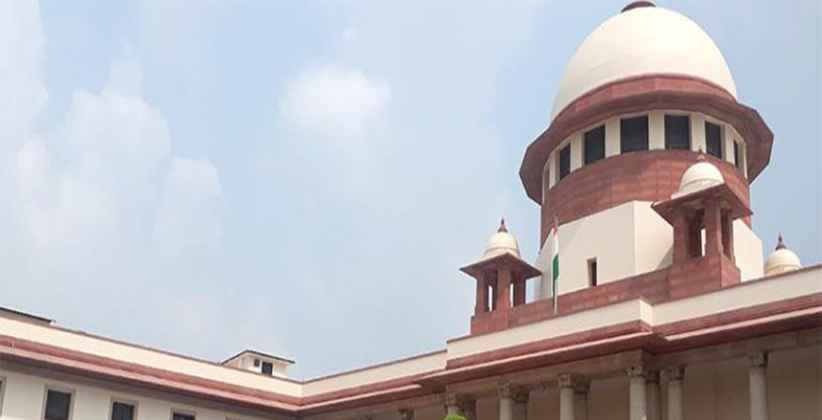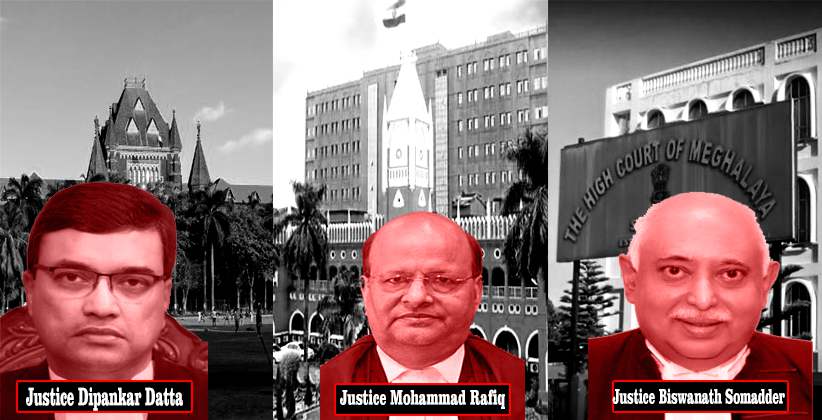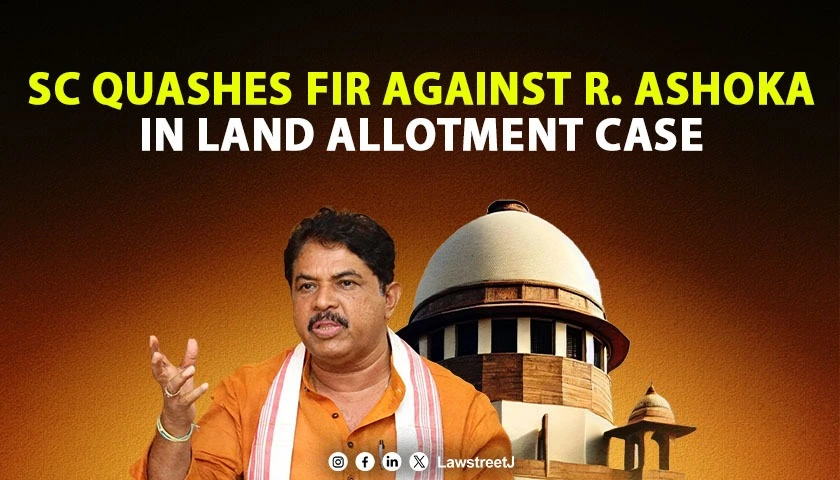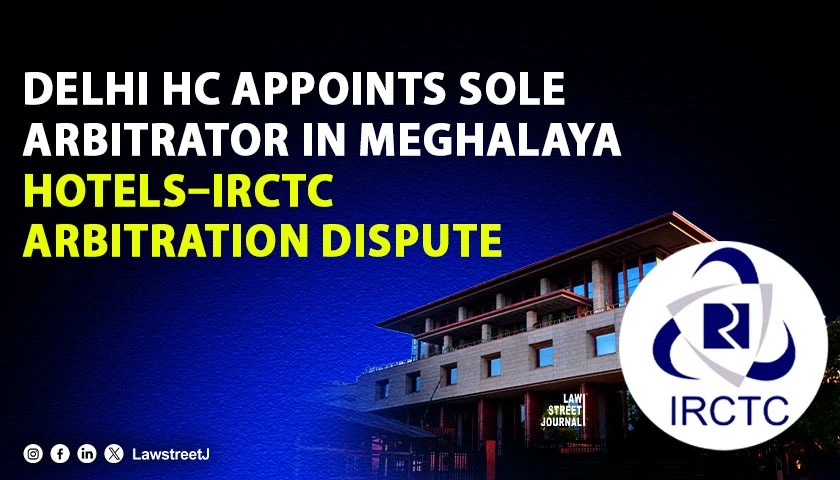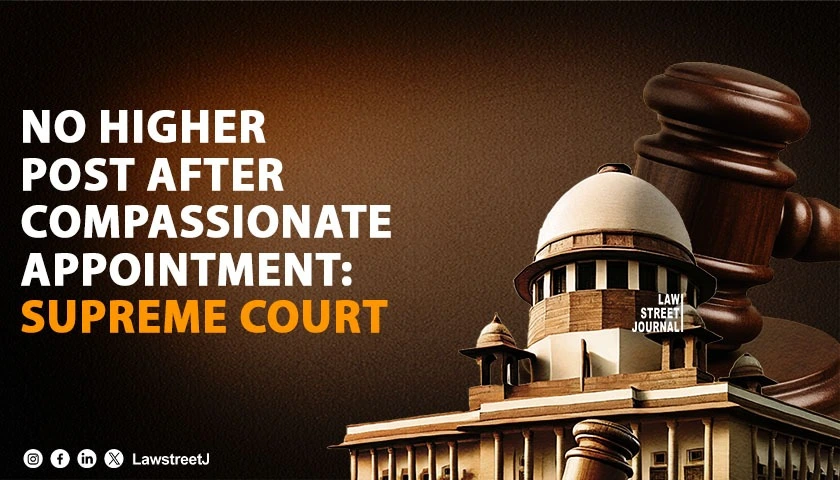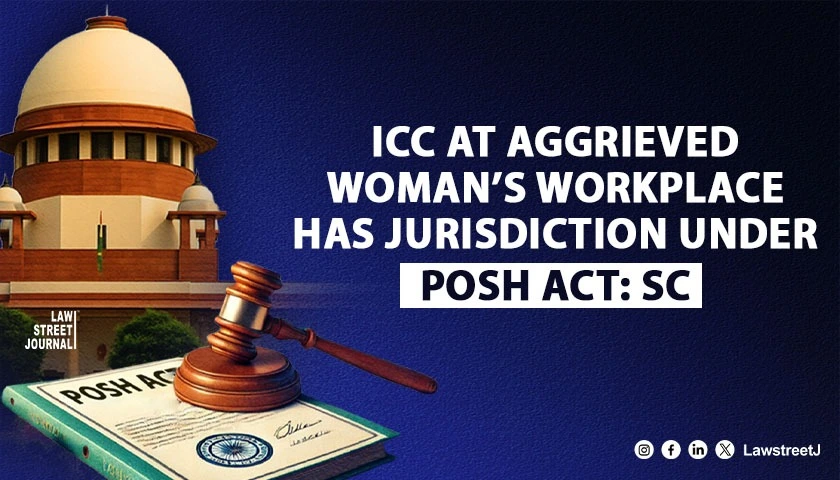NEW DELHI: In an important judgement, the Supreme Court has said mere publication of a notification was not enough to recognise a property as Waqf since it is required to undertake due statutory process, including two surveys, settlement of disputes and the submission of the report to the State Government and to the Waqf Board.
The court also said mere issuance of a notification by the Waqf Board is not sufficient and state government is not bound by such a publication.
A bench of Justices V Ramasubramanian and Pankaj Mithal also said that in absence of any express dedication, creation of a Waqf can be determined from the facts and circumstances of each case, including long usage of the property for religious and public charitable purposes.
"Under the Muslim law, a Waqf can be created in several ways but primarily by permanent dedication of any movable and immovable property by a person professing Islam for any purpose recognised by Muslim law as pious, religious or charitable purpose and in the absence of such dedication, it can be presumed to have come into existence by long use," the bench said.
The apex court rejected an appeal by Salem Muslim Burial Ground Protection Committee against the Madras High Court which had dismissed their claim over a land.
The committee said that the land was used as a burial ground and once a Waqf would always remain a Waqf.
"Ordinarily, a Waqf is brought into existence by any express dedication of movable or immovable property for religious or charitable purpose as recognised by Muslim Law. Once such a dedication is made, the property sought to be dedicated gets divested from the wakif, i.e., the person creating or dedicating it and vests in the Almighty Allah. The Waqf so created acquires a permanent nature and cannot be revoked or rescinded subsequently. The property of the Waqf is unalienable and cannot be sold or transferred for private purpose," the bench said.
Going by the facts of the case, the bench said, the suit land was not proved to be a Waqf land by long usage also.
The court said there is no iota of evidence from the very inception as to any express dedication of the suit land for any pious, religious or charitable purpose by anyone professing Islam. Therefore, on the admitted facts, the Waqf by dedication of the suit land is ruled out, it said.
"There is even no concrete evidence on record to prove that the suit land prior to the year 1900 or 1867 was actually being used as a burial ground (kabristan). Therefore, the alleged use of the suit land as burial ground prior to 1900 or 1867 is not sufficient to establish a Waqf by user in the absence of evidence to show that it was so used. Thus, it cannot constitute a wakf by user also," the bench said.
The court said mere issuance of notification was not sufficient for the purpose as it rejected the argument that the suit land has been declared to be a Waqf property by a notification of April 29, 1959.
It has to be noted that such a declaration has to be in consonance with the provisions of the Waqf Act, 1954 or the Waqf Act, 1995, the bench said.
"The provisions would reveal that the notification under Section 5 of both the Acts declaring the list of the Waqfs shall only be published after completion of the process as laid down under Section 4 of the above Acts, which provides for two surveys, settlement of disputes arising thereto and the submission of the report to the State Government and to the Board. Therefore, conducting of the surveys before declaring a property a waqf property is a sine qua non. In the case at hand, there is no material or evidence on record that before issuing notification under Section 5 of the Waqf Act, 1954, any procedure or the survey was conducted as

![Mere Publication By Waqf Board Is Not Enough To Declare Property As Wakf: Supreme Court [Read Judgment]](/secure/uploads/2023/05/lj_5925_7c7f3ed6-f8c5-4147-99bf-fd4f9ed98c53.jpg)





